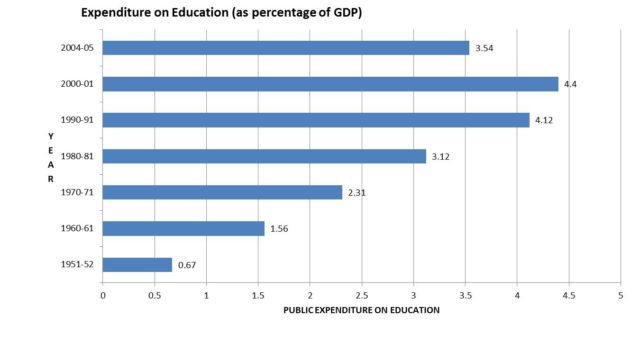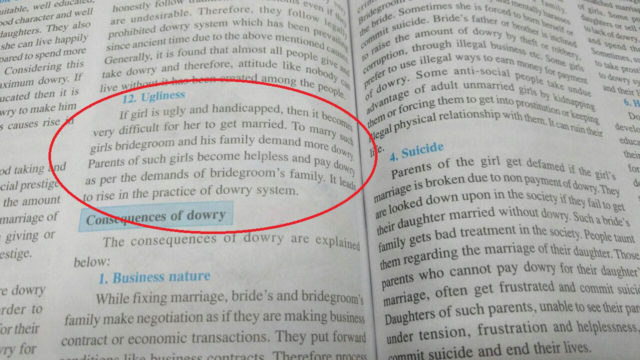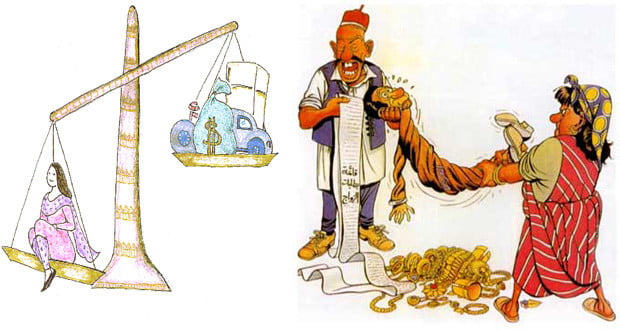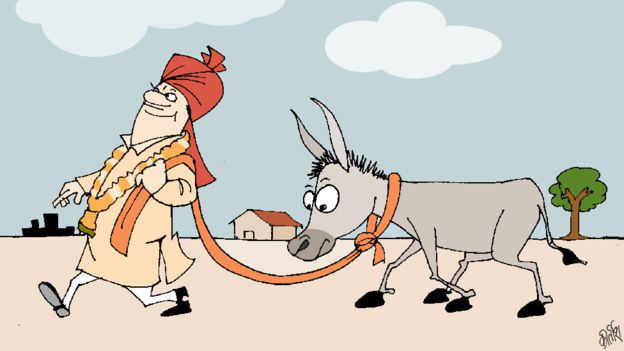In today’s episode of Why Education In India Is Crap: A Maharashtra State Board textbook Sociology Standard XII lists ugliness and physical handicap in girls as a reason for rise in dowry practice.
The book discusses dowry under the chapter ‘Major Social Problems in India’. In the dowry sections, twelve causes are listed among which are ‘social prestige’, ‘expectation of the bridegroom’ and ‘compensation principle’.
The twelfth and final cause listed says:
“12. Ugliness:
If girl is ugly and handicapped, then it becomes very difficult for her to get married. To marry such girls bridegroom and his family demand more dowry. Parents of such girls become helpless and pay dowry as per the demands of bridegroom’s family. It leads to rise in the practice of dowry system.”
One could argue that it’s the grim truth, and you have to tell kids what’s really going on in their country. One wouldn’t be wrong in that argument, but let me tell you why such text is problematic.
It’s All in the Language
Sociology is a science, and so, the words a writer chooses to use make a huge difference. Especially when the book is being written for such an impressionable readership.
“Ugly” is a horribly subjective term. Using it as though it’s a very well-defined word and as if there is some set universal standard of beauty sends the wrong message to students. “Perceived physical attractiveness” would be a more appropriate term.
Also, the tone of the text is questionable.
Under the “social prestige” section, the book says that dowry has become a “symbol of social prestige”, as a consequence of which the more dowry is paid, the more social currency a family has.
Another reason listed there is ‘kulin marriage’ – a marriage between a higher caste man and a lower caste woman – which are considered auspicious and are therefore sought after, giving the bridegroom’s family leverage to demand more dowry.
It seems to me like the book is trying to almost justify dowry than simply listing its causes. A better approach would have been to encourage critical dialogue among the students regarding the practice of dowry.
The current text basically says that ugliness and physical disabilities in women lead to rise in the practice of dowry. Nowhere does it say that it is the regressive mindset of people because of which dowry is still practised.
What message does that send? If women could just up their game and stop being ugly or handicapped, India would move one step further in the fight against dowry.
I might be wrong (I’m not), but that doesn’t seem to me like the right idea to put into the students’ heads.
But, I should give students the credit they deserve. I know most of them would either skim over this as just another bullshit lesson taught in school, laugh about the crudeness of the language, or criticise it among their peer groups. Twelfth standard students are much smarter than their textbooks assume they are.
However, I cannot emphasise enough the importance of the phrase “most of them”. There will definitely be those who take these words to heart and grow up to ask for dowry because the to-be-bride is “ugly”. Moreover, such content could hurt the confidence of teenagers who are extremely self-conscious about their image. I’m not entirely sure which consequence is worse.
How Genuine is this Information?
Can causes of a problem like dowry be listed in bullet points as if they are all hard facts? How does one even collect the data to compile such an answer? It’s a pretty subjective topic.
This is Not An Isolated Incident
- About a decade ago, a Rajasthan State Board Hindi textbook for IX standard was found to contain text which translated to:
“A donkey is like a housewife. It has to toil all day and, like her, may even have to give up food and water. In fact, the donkey is a shade better, for while the housewife may sometimes complain and walk off to her parents’ home, you’ll never catch the donkey being disloyal to his master.”
- More recently, last year, a teacher from Chhattisgarh complained about a X standard textbook which claimed that unemployment levels had risen post-independence because women had begun working in various sectors.
- In 2012, it was discovered that a VI standard textbook claimed that people who eat meat “easily cheat, tell lies, forget promises, are dishonest and tell bad words, steal, fight and turn to violence and commit sex crimes”.
Where Are We Going Wrong?
The underlying problem here is that, unlike CBSE which uses NCERT textbooks, most state boards do not have established procedures to monitor the quality of content they produce.
This is extremely worrying when you consider the huge percentage of students that graduate from state-affiliated schools, and the practice of encouraging rote learning instead of analytical thinking in our schools.

The Right to Education act guarantees free and compulsory education in India for all children until the age of 14. But, what exactly passes as education in India?
Would you like to share your opinion and discuss more on the matter? Then add us on Snapchat and we could hit up an interesting conversation. Click the link below to add Economy Decoded on Snapchat:
You’d also like to read:



































